While we do not expect any change in monetary policy at the June FOMC meeting, there are a number of things that should be watched for. Chair Jerome Powell will discuss the economic outlook and the monetary policy stance at the press conference. The staff will also release the first macroeconomic projections since last December. We expect to see sharp downgrades in GDP growth and inflation, and increase in the unemployment rate. These are driven by the lockdowns and other restrictive measures as a result of the coronavirus pandemic. The median dot plot will also be released. We expect the Fed funds rates to stay unchanged through 2022. Policymakers will also reiterate that further stimulus measures will be announced if needed.
Economic developments have improved in the US. The unemployment rate slipped -1.4 percentage points to 13.3% in May, compared with consensus of 19.8%. The number of payrolls surprisingly increased +2.51M. The market had anticipated a -8M decline, after contracting over 20M in April. The increase in payrolls was driven by private jobs as government jobs actually fell last month. This is a sign of pick-up in business confidence and economic activities. On inflation, headline CPI is expected to have stayed flat in May, from a month ago. The reading contracted -0.8% m/m in April. Core CPI is expected to have been flat, following a -0.4% m/m decline in April. Despite the improvement, inflation has remained far below Fed’s +2% target.
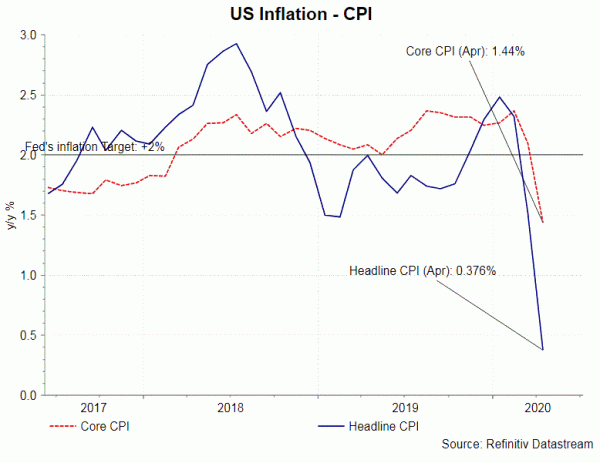 We expect the Fed to acknowledge the improvement in economic activities last month, while reiterating high uncertainty ahead. Fed’s economic assessments will be further illustrated in the macroeconomic projections. We expect the staff to project elevated unemployment rate and below-target inflation through 2022. Strong rebound in GDP growth will follow in coming years.
We expect the Fed to acknowledge the improvement in economic activities last month, while reiterating high uncertainty ahead. Fed’s economic assessments will be further illustrated in the macroeconomic projections. We expect the staff to project elevated unemployment rate and below-target inflation through 2022. Strong rebound in GDP growth will follow in coming years.
On the monetary policy, the Fed will maintain the Fed funds rate unchanged at 0-0.25%. There will likely be some discussions about asset purchases. As noted in the April meeting minutes, several members suggested that “a program of ongoing Treasury securities purchases could be used in the future to keep longer-term yields low”. A few participants also indicated that the “balance sheet could be used to reinforce the Committee’s forward guidance regarding the path of the federal funds rate through Federal Reserve purchases of Treasury securities on a scale necessary to keep Treasury yields at short- to medium-term maturities capped at specified levels for a period of time”. It is possible that in coming months, the Fed will announce a transition of unconventional QE to traditional asset purchases of Treasuries and mortgage-based securities (MBS).


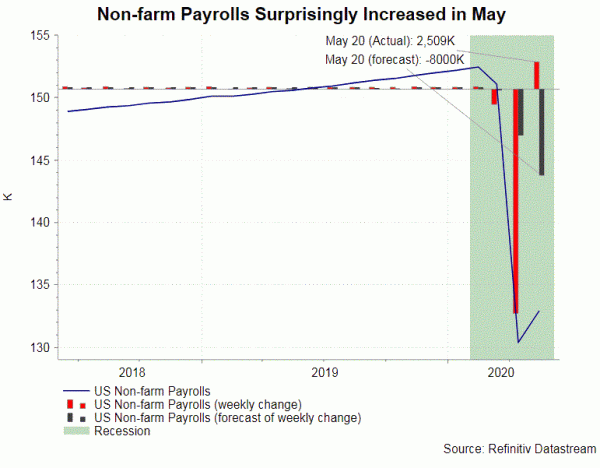
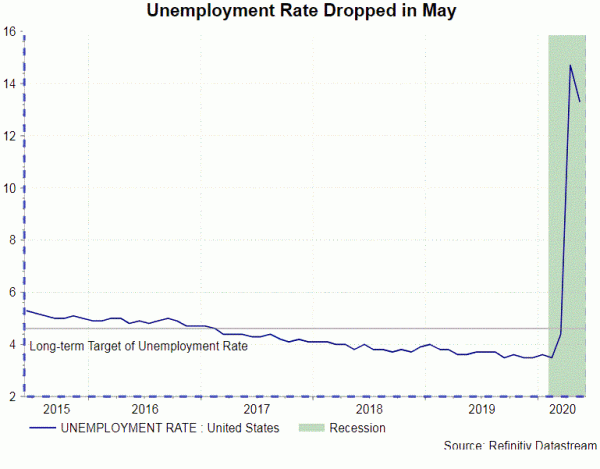
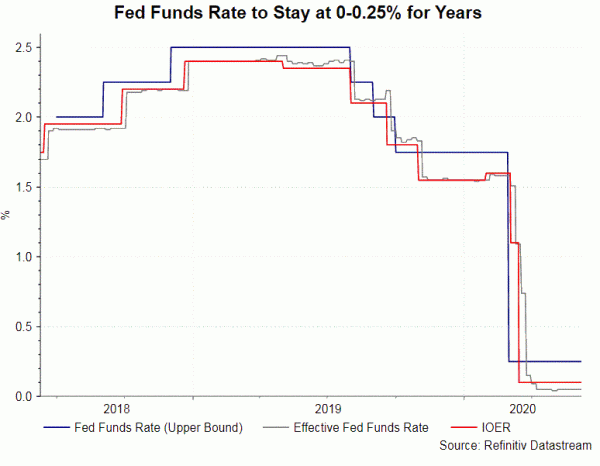
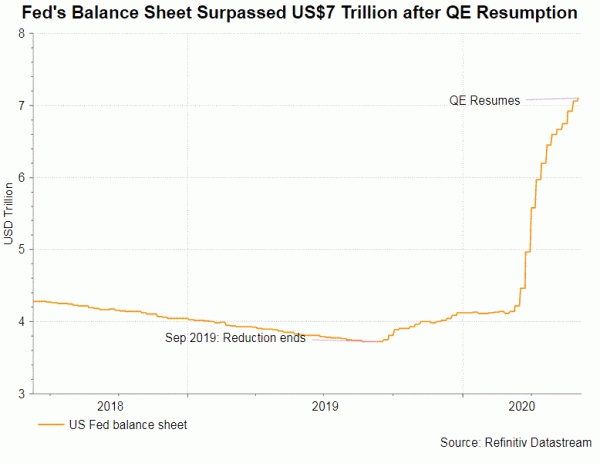
 Signal2forex.com - Best Forex robots and signals
Signal2forex.com - Best Forex robots and signals




